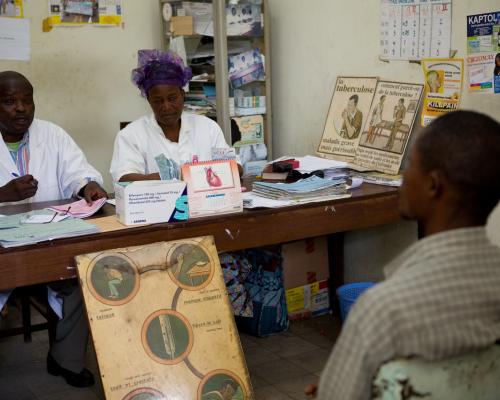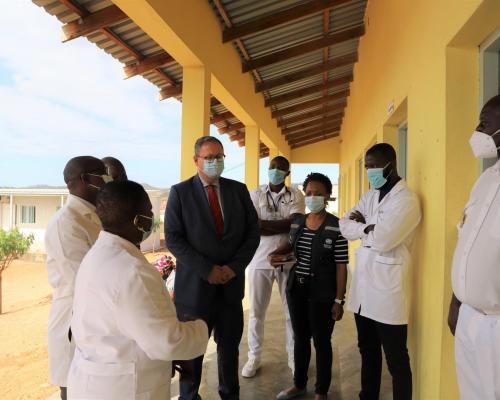Overview
The African Region bears the highest burden with more than 90% of new infections among children. Untreated maternal syphilis results in congenital syphilis in over half of affected pregnancies and can lead to early fetal loss, premature birth, stillbirth, low birth weight and newborn deaths.
In 2016, 110 000 new HIV infections occurred among children[1] and 350 000 cases of congenital syphilis globally.
WHO works together with partners to set global standards for HIV prevention, care and treatment for pregnant women, mothers and their children; and to develop evidence-based strategies and define global targets, baselines and indicators that promote the integration of PMTCT into maternal, newborn and child health services, thus strengthening health systems.
In the absence of any intervention, mother-to-child transmission rates of human immunodeficiency virus (HIV) range from 15% to 45%. This rate can be reduced to below 5% with effective interventions during the periods of pregnancy, labour, delivery and breastfeeding. These interventions primarily involve antiretroviral treatment for the mother and antiretroviral prophylaxis for the baby.
- Prevention of Mother-to-child Transmission of HIV/AIDS Program
- Mother-to-child transmission of HIV
- https://free.unaids.org/



